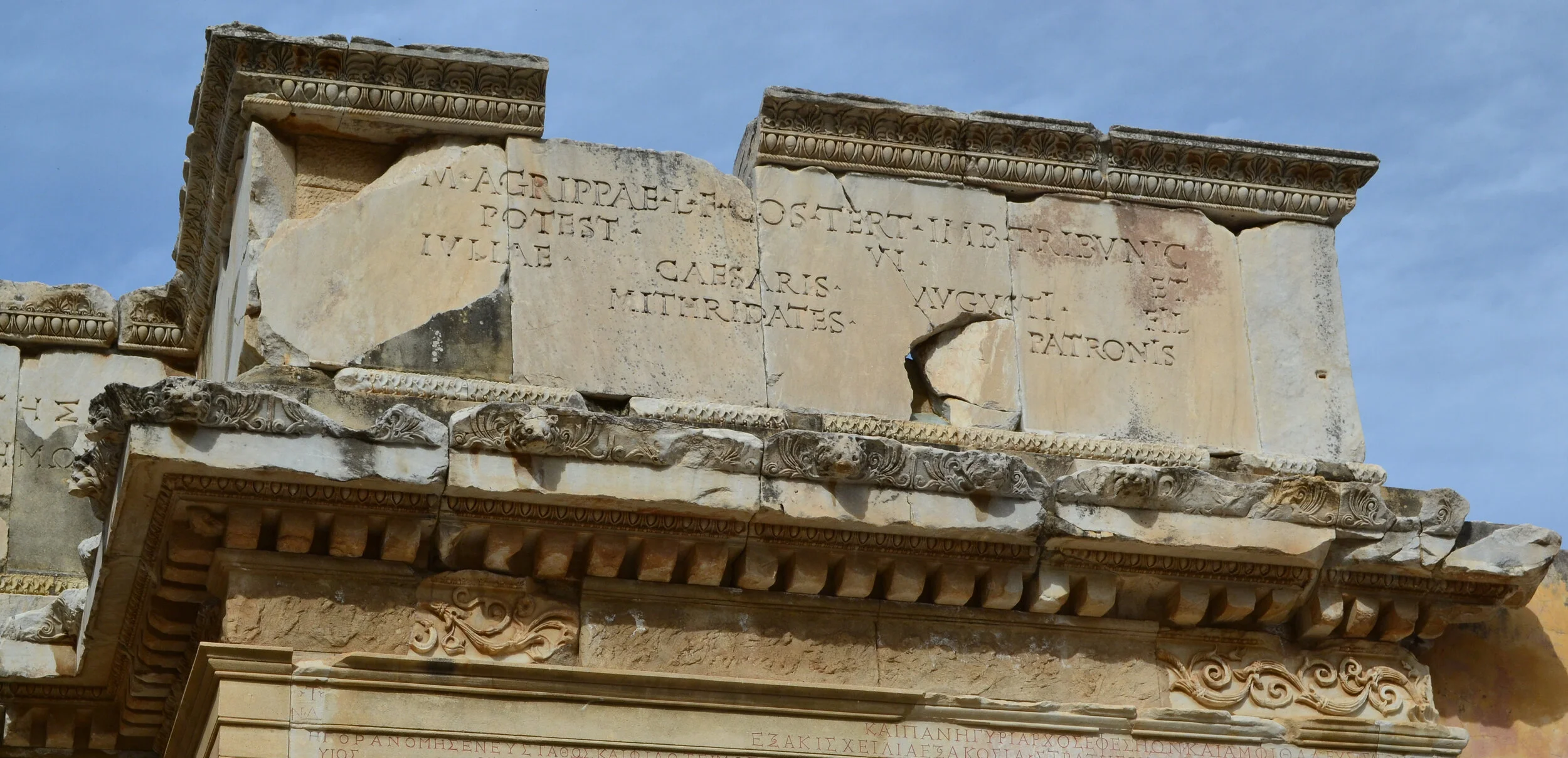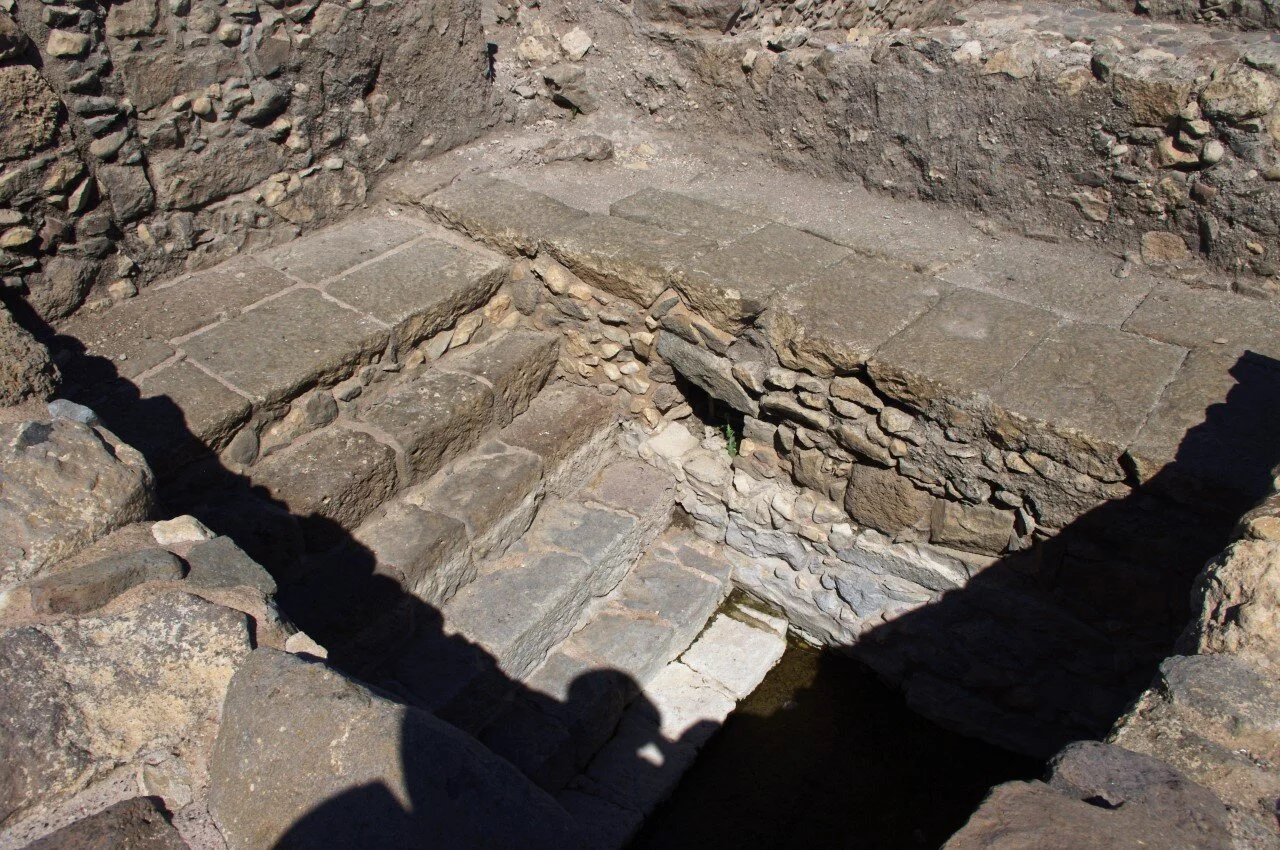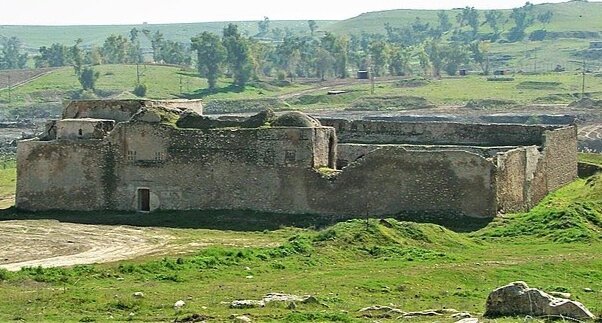Michael Press on the myth of Moses Shapira as a master forger: “So we are left with the image of Shapira — and that image, of a master forger and genius, is now entrenched. It seems impervious to the reality that he forged almost nothing himself, that he mostly sold fakes made by others. It seems unaffected by the fact that he and his collaborators were actually poor forgers.”
Read MoreMusical Preludes: Getting Back into the Rhythm of Teaching and Learning
A few years ago, I began a simple practice that has transformed my teaching. Now, I look forward to the first few minutes of class as my favorite time.
Read MoreA Perfect Hecatomb of Lipsticks in Every Shade: Using Invocations and Prayers to Imagine Ancient Relationships to the Gods
In writing their own prayers and playing with the literary and religious elements of myth and history, the students actively imagine the relevance these divine beings could have had for their worshippers in order to better integrate course content.
Read MoreTeaching the New Testament as an Expanded Universe
What can stories about Loki, Norse god and (more recently) Marvel character, teach us about biblical literature?
Read MoreCreativity, Critical Thinking, and the UnEssay in the Biblical Studies Classroom
“The ‘UnEssay’ is a creative assignment that helps students learn long-term project management, critical and reflective thinking, analytical writing ability, and a variety of technical skills.”
Read MoreTravel Brochures
The “Dead Sea Scrolls Brochure” assignment has two parts: the physical brochure and a 2-page reflective explanation of the brochure.
Read MorePriestly Narratives: a 2021 NYU Review Panel of Feldman's Story of Sacrifice
In 2021 NYU hosted a virtual book panel on the newly published The Story of Sacrifice: Ritual and Narrative in the Priestly Source by Liane M. Feldman, Assistant Professor in the Skirball Department of Hebrew & Judaic Studies.
Read MorePublication Preview | On My Right Michael, On My Left Gabriel
“In the course of my research, I have been struck by how much American Jews’ response to the topic of angels in Jewish culture depends on their understanding of Judaism vis-à-vis modern Protestant Christian conceptualizations.”
Read MoreBecoming a Man: The Apostle Paul and Masculinity
My doctoral thesis intervenes in this discussion by focusing this relatively new analytical gaze on Paul’s self-presentation in his undisputed letters to argue that the apostle evades straightforward classification as either disrupting or conforming to masculine norms.
Read MoreInterpreting the New Testament Through Inscriptions: An Introduction
My new book, Studying the New Testament Through Inscriptions: An Introduction, introduces Greco-Roman inscriptions to a broader audience, interprets them as archaeological artifacts, and then demonstrates the benefit of epigraphs for interpreting the New Testament through five case studies.
Read MoreReview | Heirs of Roman Persecution: Studies on a Christian and Para-Christian Discourse in Late Antiquity
Even after Christianity attained hegemony in the late Roman empire, accounts of persecution at the hands of the impious appear frequently in the historical record. In fact, late ancient authors continually mobilized what the volume calls the “discourse of persecution” throughout the late ancient Mediterranean to various ends. That discourse and its many manifestations form the volume’s object of inquiry.
Read MoreTime and Difference in Rabbinic Judaism
Time and Difference in Rabbinic Judaism examines conceptions and organizations of time in rabbinic sources, composed between 200 and 600 CE in Palestine and Babylonia but with lasting influence on subsequent Jewish communities, to the present day.
Read MoreLeviticus as a Mission Statement
The point I’m trying to make is that P’s laws of sacrifice are hardly a handbook intended to provide a young priest with everything he needs to know to do his job. Rather, they appear to be outward-facing (if you’ll forgive the jargon), a priestly mission statement (to use another piece of jargon), directed at the people of Israel as a whole.
Read MoreDissertation Spotlight | Religious Identity and Spatiality in Hasmonean and Herodian Galilee
Ritual immersion pool in a domestic context at Magdala: Photo Credit - Joseph Scales
Ritual immersion pool in a domestic context at Magdala: Photo Credit - Joseph Scales
This thesis answers the following two questions: how did ancient Jews create meaningful spaces of religious activity in ancient Galilee, and how did those spaces in turn influence the constitution of ancient Judaism?
Read MoreWhen Moses Goes to Ikea: the Introduction of Systematic Sacrifice
Dr. Andrew McGowan responds on “Priestly Narratives: a 2021 NYU review panel and book launch for Liane Feldman’s Story of Sacrifice.”
Read MoreLegal Discourse as World-Building
Dr. Hindy Najman responds on “Priestly Narratives: a 2021 NYU review panel and book launch for Liane Feldman’s Story of Sacrifice.
Read MoreProcedure as Imaginative Art
Dr. Mira Balberg responds on “Priestly Narratives: a 2021 NYU review panel and book launch for Liane Feldman’s Story of Sacrifice.
Read MoreBook Note | Beyond Orality: Biblical Poetry on its Own Terms
Overall, then, Vayntrub’s study is a timely and incisive contribution to the study not just of biblical poetry, or of representations of oral speech in biblical literature, but of what many biblical traditions fundamentally are and reflect.
Read MoreBook Note | The Wandering Holy Man: The Life of Barsauma, Christian Asceticism, and Religious Conflict in Late Antique Palestine
Composed in Syriac, the Life of Barsauma offers new resources for understanding the construction of holiness in late antiquity.
Read MoreDissertation Spotlight | Domestic Labor and Marital Obligations in the Ancient Jewish Household
Terracotta Lekythos by the Amasis Painter depicting women spinning and weaving. Image courtesy of Wikimedia.
Terracotta Lekythos by the Amasis Painter depicting women spinning and weaving. Image courtesy of Wikimedia.
How does a household function? Who owes what to whom, and how did people conceive of their relationships to one another? How did the realities of work in an agricultural society shape these relationships?
Read More
![An illumination depicting Christine de Pizan writing a book, from her Book of the Queen (Harley MS 4431, f. 4r, "Book of the Queen," France, c. 1410-1414) [British Library].](https://images.squarespace-cdn.com/content/v1/5449167fe4b078c86b41f810/1630373832507-AQ3FJ00YHYJRTSKZOA79/Unknown.png)

![An image of Loki with a fishing net from from the 18th century Icelandic manuscript SÁM 66 [Wikimedia].](https://images.squarespace-cdn.com/content/v1/5449167fe4b078c86b41f810/1629113918188-SRC383LNCL04RGC34OZU/Processed_SAM_loki.jpg)

![Medallion with Saint Paul (ca. 1100 CE) [MET Collection]](https://images.squarespace-cdn.com/content/v1/5449167fe4b078c86b41f810/1624968413569-5LRJB13HW7IJ7E0KLT2G/sf17-190-673s1.jpg)

![Bohumil Kubišta, Kiss of Death (1912) [Wikimedia]](https://images.squarespace-cdn.com/content/v1/5449167fe4b078c86b41f810/1622990626830-7MX8BLM1FHUSMDV1EQQ1/344px-Kubista%2C_Bohumil_-_Polibek_smrti_%281912%29.jpg)








